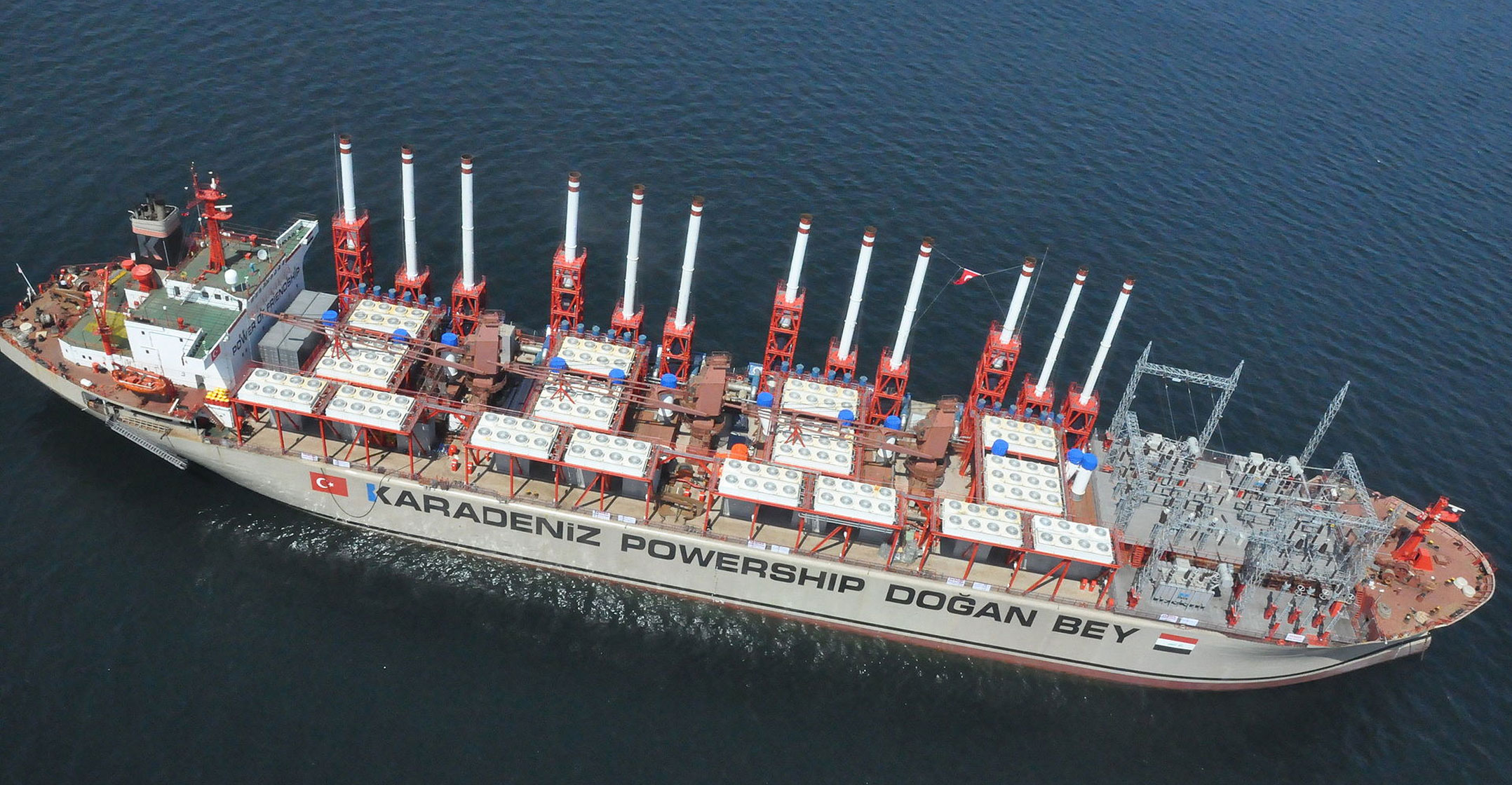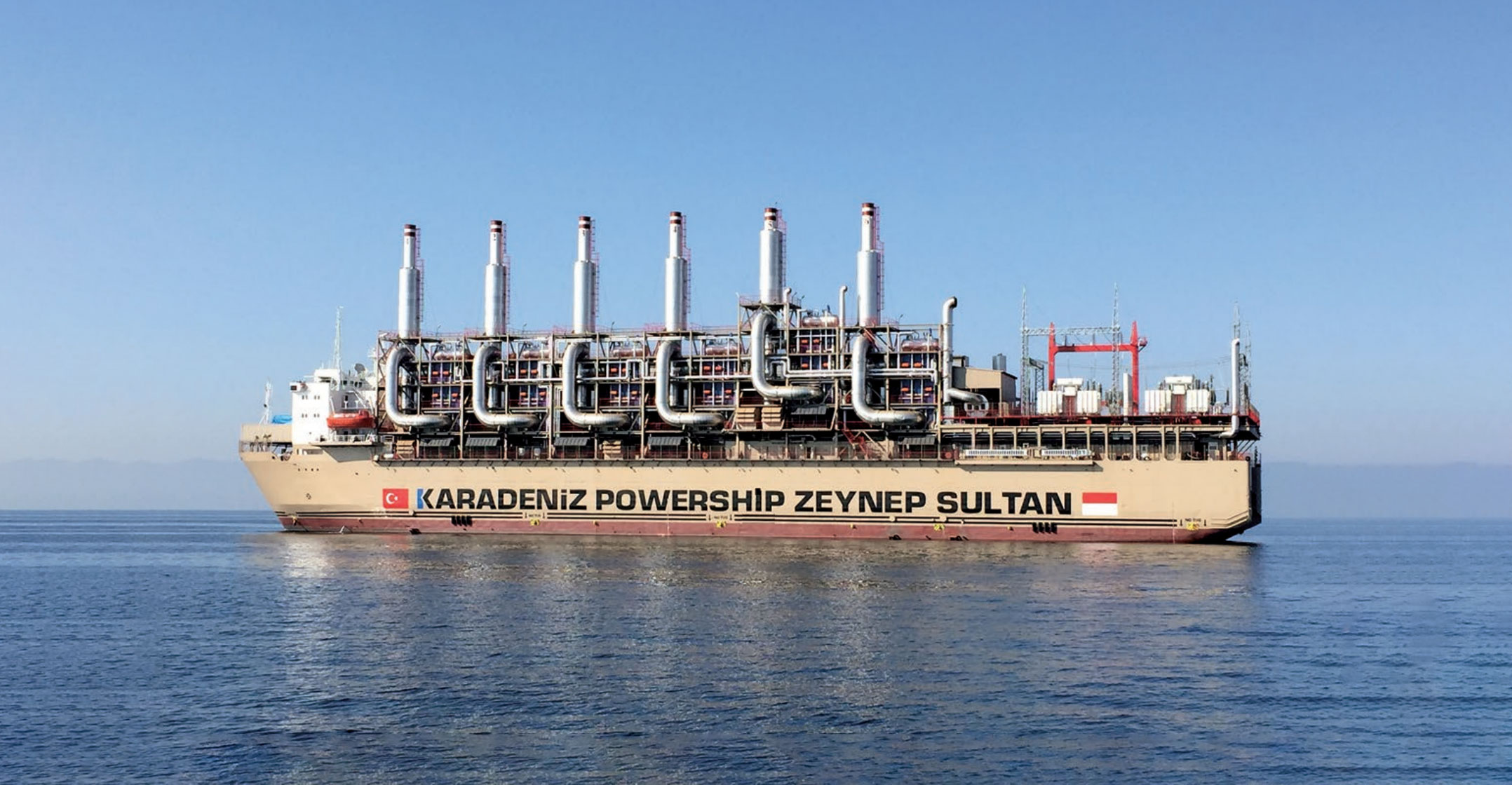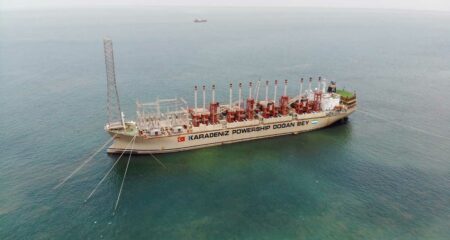 Environmental lobby group The Green Connection is on record for objecting to floating power plants as a power-generating solution, and it has now told energy regulator Nersa that the electricity generation licence process is “fatally flawed”.
Environmental lobby group The Green Connection is on record for objecting to floating power plants as a power-generating solution, and it has now told energy regulator Nersa that the electricity generation licence process is “fatally flawed”.
It said this during its oral presentation at public hearings on Thursday.
The Green Connection made these comments regarding the Karpowership SA electricity generation application, adding that the floating power plant has a potentially devastating impact on the marine environment as well as the livelihoods of local coastal communities.
In March, mineral resources & energy minister Gwede Mantashe announced that eight preferred bidders were selected for the Risk Mitigation Independent Power Producer Procurement Programme (RMIPPPP) to reduce the country’s reliance on expensive peaking plants and fill the short-term electricity supply gap. These proposals included three gas-to-power “powership” projects to be located in Saldanha Bay in the Western Cape, Ngqura in the Eastern Cape and Richard’s Bay in KwaZulu-Natal.
‘Disturbing’
The environmental justice organisation’s strategic lead Liziwe McDaid said: “Our submission highlights that information was redacted in the application process and is therefore incomplete. This is disturbing. Why the secrecy? Where is the transparency? What are these redactions hiding?”
According to The Green Connection, the implications of Eskom having to sign a long-term (20-year) power purchase agreement (PPA), coupled with the implications of Nersa granting a long-term generation licence, are two of the major sticking points with the Karpowership SA proposal.
“Our concern is that South Africans may be in for a massive shock and end up paying even higher electricity prices. The contract proposed with Karpowership SA is particularly alarming, since it could supposedly last for two decades. Twenty years can hardly be seen as an ‘emergency’ energy solution.”

Section 10 of the National Energy Regulatory Act stipulates that every decision of the energy regulator must be taken within a procedurally fair process in which affected persons have the opportunity to submit their views and present relevant facts and evidence to Nersa. The Green Connection quoted this in its statement.
McDaid argues that the redactions in information presented in the application process unlawfully restrict and disrupt the ability of interested and affected parties to analyse aspects of the application and obtain expert input.
She says this becomes an obstacle for concerned citizens who want to submit their views to Nersa, based on facts and information relevant to the generation licence application.
The Green Connection says its submission includes an extensive list of critical issues that have been redacted, demonstrating procedural unfairness.
This includes a summary of the PPA and any version of the PPA. Details of the contractual arrangements with Karpowership SA and its financial information, including projections regarding the proposed undertaking were also redacted.
Three times higher
McDaid also warns that given the risk of longer contracts for Eskom, especially when electricity is generated by burning fossil fuels, the tariff for electricity will be almost three times higher (R1.69kWh) with Karpowership SA.
This compares to the most recent solar and wind projects contracted during the last renewable energy bid window (62c/kWh). She says that this low rate per kilowatt represents the benchmark for least-cost new electricity generation capacity.
“While renewables offer largely predictable tariffs, fuel-based projects shift the risk to Eskom. This is because fuel is treated as a ‘pass-through’ cost, meaning that Eskom is potentially exposed to both fluctuating fuel prices and the rand-dollar exchange rate,” McDaid says.
“This means if the price of fuel goes up, Eskom and the consumer pays more. The electricity generation landscape is likely to change significantly over the next 20 years, and a two decade lock-in represents a significant risk to Eskom and the country’s economy.”
- This article was originally published on Moneyweb and is used here with permission



